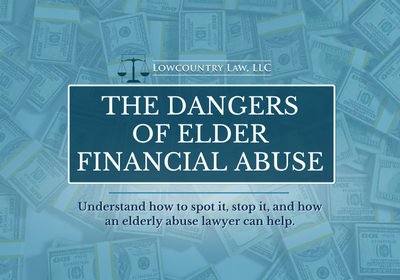Like many of you, the stats of sexual abuse had never sunk in before all my loved ones shared their experiences, but then and now, these figures scream at me. I can no longer look the other way. I can’t discount the discomfort by saying the research must be wrong or that the research responses must have come from somewhere else and someone else. The post Child Sexual Abuse – Turning Statistics into Action and Protecting Kids appeared first on Saprea.

Child Sexual Abuse – Turning Statistics into Action and Protecting Kids
Stats are sterile. We are inundated with so much data that we have become numb to their message – that is, until that stat becomes representative of someone we know and love.
Ten years ago, this happened to me. I started working in the social sector, combatting child sexual abuse. Almost immediately, people in my extended family, my neighborhood, my faith community, co-workers, old friends I had not seen in years, and even acquaintances started sharing their experiences as survivors of child sexual abuse.
I'll never forget the emotions that came to me as I heard their stories. First, a humbling wave of gratitude that they trusted me with something so deeply personal. Second, a crushing realization of my own ignorance—how could so many people I cherish have endured such trauma? These weren't distant acquaintances either. Some of them were people I've loved for years, people I consider close. The question haunted me: how had I remained blind to their suffering all this time?
At this time, the stats transformed from sterile numbers to deeply impactful stories. They represented real people, my people. Predictably, I have seen this same pattern repeat over and over with anyone willing to talk openly about child sexual abuse.
The Reality of Child Sexual Abuse Stats
The Power of Survivor Stories
Like many of you, the stats of sexual abuse had never sunk in before all my loved ones shared their experiences, but then and now, these figures scream at me. I can no longer look the other way. I can’t discount the discomfort by saying the research must be wrong or that the research responses must have come from somewhere else and someone else. It was my family, my neighbors, my coworkers sharing their stories. What are we doing as a civilized society? How is it possible that we are not moving heaven and earth to stop this now?
I remember feeling very angry, as I took time to process the accounts of abuse shared with me. Angry at those that harm. Angry at those of us who look away. Angry at a society that decided the topic was too taboo to discuss. One thing about the emotion of anger is that it can be an excellent catalyst for change. We can do great things when we channel our anger into productive action.
Over the past ten years, I have worked to make a change. The impact has been measurable and significant, but compared to the size of the problem, we are just barely moving the needle. There is still so much to be done, and we must invoke a societal shift to see broad change.
Learning from historical, social movements, we see patterns of how big social issues like abuse shift. We’ve seen it in the civil rights movement, smoking cessation, and car seat safety. Following those patterns, we know that societal change happens when there is top-down and bottom-up pressure—without either one, change stalls. Think of top-down pressure like laws, enforcement of laws, awareness campaigns, or organized activism. Consider bottom-up pressure as neighborhood dialogue, organic media, and grassroots activism. Since most who read this article are part of that bottom-up movement, let’s highlight three ways to take action now.
How to Take Action Today
We have solved significant issues as a country and world. We can do it with sexual abuse as well. Don’t let sterile stats be your only connection to survivors and children. Create a world where survivors can heal, and children can maintain their innocence.
About the Author
Chris Yadon, MPA
Managing Director
Recent blogs

Child Sexual Abuse – Turning Statistics into Action and Protecting Kids

Protecting Kids: Navigating a Hypersexualized World and Reducing Pornography Exposure

Breaking the Link Between Child Sexual Abuse and Incarceration: A Path to Healing
The post Child Sexual Abuse – Turning Statistics into Action and Protecting Kids appeared first on Saprea.











